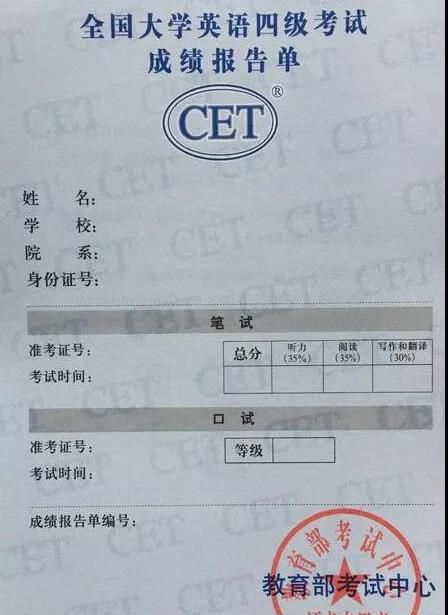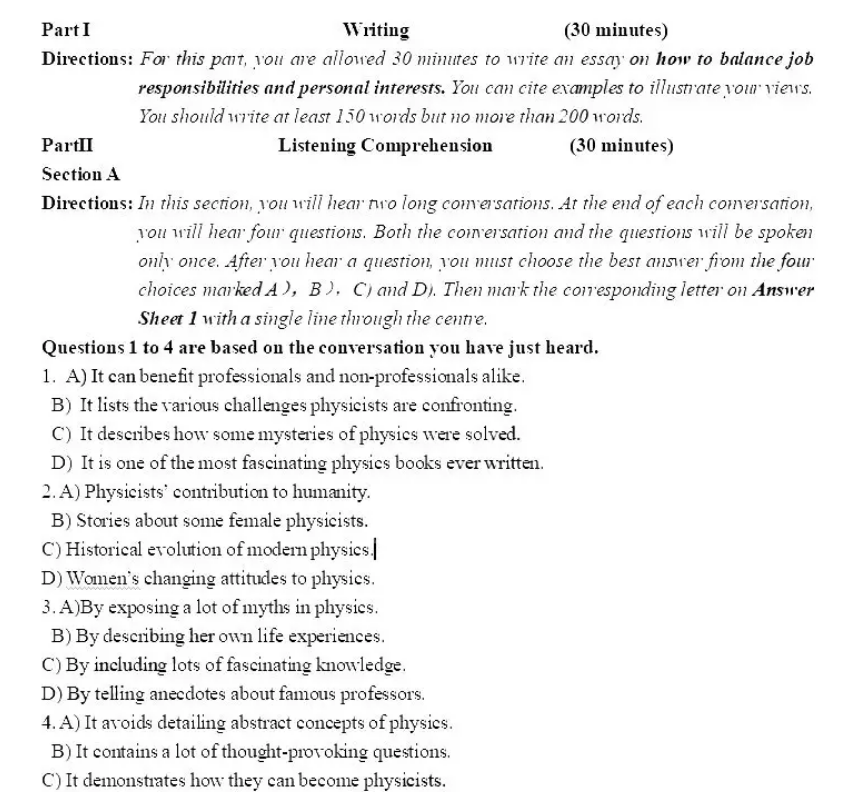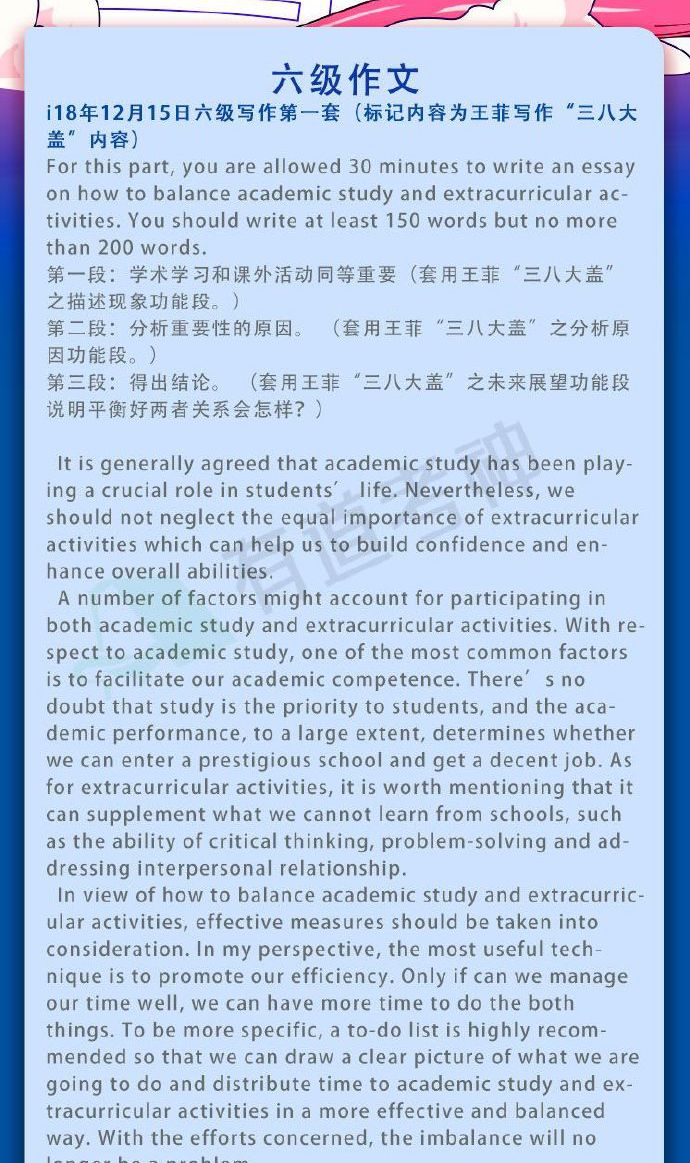GMAT考试:Argument写作范文三十四
|
67. Next, the scientific study determined that prolonged use could contribute to hair loss. While "prolonged use" was not defined in the memorandum, the fact that none of Glabrous' customers have complained of problems during the past year is not a reliable reason to believe that problems will not arise in the future. Finally, the fact that Glabrous' competitors use more HR2 in their products than Glabrous uses is irrelevant to the question of whether Glabrous should remove HR2 from its product. Moreover, rather than providing a reason for not removing the compound, this fact serves better as a reason for doing so. By removing HR2 from its product Glabrous could gain an edge over its competitors. In conclusion, the reasoning in this argument is not convincing. To strengthen the argument the author would have to show that the study was biased or was based on too small a sample to yield reliable results. The first problem with the argument is that it rests on the unstated assumption that accidents involving medical helicopters have been due to inadequate pilot training or equipment maintenance. However, the author fails to acknowledge and rule out other possible causes of such accidents. In fact, common sense tells us that medical-helicopter accidents are most likely to result from the exigent circumstances and dangerous flying and landing conditions which typifymedical emergencies where helicopters are required to gain access to victims. A second, and related, problem is that the author unfairly compares the accident rate of medical helicopters with the accident rate for non-emergency aircraft. Medical helicopters are almost invariably deployed during emergencies to dangerous flying locales, whereas other types of aircraft are not. Consequently. medical-helicopter accidents will in all likelihood occur far more frequently than other aircraft accidents, regardless of pilot training or equipment maintenance. In conclusion, the author's evidence does little to support the conclusion. To be persuasive, the author must at the very least acknowledge and rule out other possible causes of accidents that are unique to the medical-helicopter industry, in any event, a more effective argument would be based on a statistical comparison of accident rates under differing sets of training and maintenance guidelines within :he medical-helicopter industry, not among different aircraft industries. |








